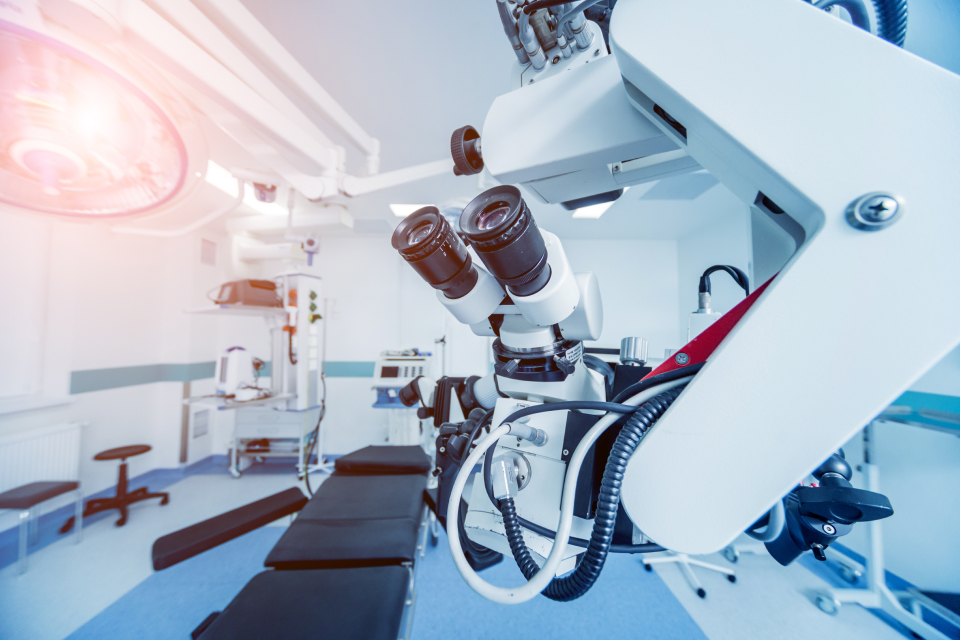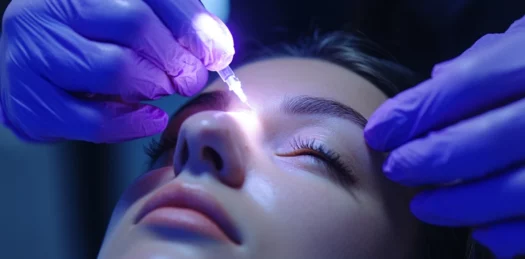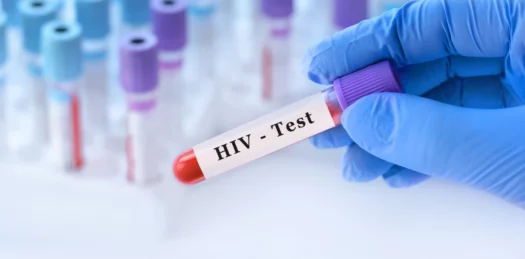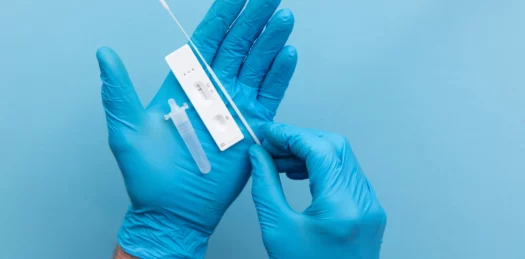The new guidelines introduced by the European Commission address the clinical evaluation of orphan medical devices under the MDR, recognizing their unique challenges. These guidelines advocate for a balanced approach to MDR compliance, ensuring that the clinical evidence requirements do not hinder patient access to these vital devices. The guidelines were developed by a dedicated orphan device task force, providing detailed considerations for clinical evaluation and procedural advice for orphan devices. They aim to streamline regulatory processes and ensure transparency about any limitations in clinical data for orphan devices.
The European Commission has introduced new guidelines addressing the clinical evaluation of orphan medical devices under the Medical Device Regulation (MDR). The MDR has significantly raised the bar for clinical evidence required to market medical devices, particularly emphasizing the need for pre-market clinical investigations to verify safety and performance for higher-risk devices. These stringent requirements pose unique challenges for orphan devices, which are intended for use in rare diseases or specific indications within small patient cohorts.
Challenges Faced by Orphan Devices
Orphan devices cater to a small number of individuals each year, targeting rare diseases with limited diagnostic or therapeutic options. These devices are crucial in fulfilling unmet medical needs. However, the lack of specific guidance for orphan devices under the MDR leads to varying interpretations of clinical evidence requirements among manufacturers, notified bodies, and regulators. This inconsistency complicates the certification process for these essential devices.
One significant challenge is the generation of adequate clinical data in small, often vulnerable, populations such as minors or patients requiring emergency interventions. Conducting clinical studies in these cohorts is ethically and practically demanding, further complicating data collection within the necessary timelines. Additionally, the high financial costs associated with MDR compliance can be prohibitive for manufacturers, as the low sales volumes of orphan devices may not justify these expenses.
Manufacturers also develop devices with both orphan and non-orphan indications, used in distinct population cohorts. Demonstrating sufficient pre-market clinical evidence for orphan indications can be as challenging as for dedicated orphan devices. In such cases, the new guidance aims to support these devices’ orphan indications without compromising the clinical evidence requirements for non-orphan indications.
Proportional Application of MDR Requirements
Given these unique challenges and the absence of specific MDR provisions for orphan devices, the new guidelines advocate for a balanced and proportionate application of MDR requirements. This approach aligns with Article 35 of the Charter of Fundamental Rights, ensuring that clinical evidence requirements do not unduly hinder patient access to vital orphan devices. The guidelines recognize that, in certain circumstances, placing an orphan device on the market with limited pre-market clinical data is acceptable. Transparency is crucial in these cases, ensuring healthcare professionals, patients, and the public are aware of any limitations in clinical data and relevant certification conditions.
Development of the New Guidelines
In August 2022, the Medical Device Coordination Group (MDCG) acknowledged the unique challenges of orphan devices and the need for specific guidance. Consequently, a dedicated orphan device task force was established, collaborating with stakeholder representatives from notified bodies, industry, academic societies, and healthcare professionals to develop comprehensive guidelines. These guidelines include criteria for qualifying a device as an orphan device, reflecting both quantitative epidemiology and the qualitative insufficiency of alternatives and expected clinical benefit.
Key Sections of the Guidance Document
The guidance document is divided into two main parts, providing detailed considerations and procedural advice for orphan devices:
PART A – Clinical Evaluation Considerations
- Acceptability of limitations in pre-market clinical data for orphan devices.
- Key considerations on the clinical evaluation of new and legacy orphan devices.
- Generating post-market clinical data for orphan devices, including Post-Market Surveillance (PMS) and Post-Market Clinical Follow-up (PMCF).
PART B – Procedural Considerations
- Guidance for notified bodies on the assessment of orphan devices.
- The role of expert panels in the context of orphan devices.
- Additionally, the document includes three appendices offering guidance on:
- Orphan device-specific factors for inclusion in the clinical evaluation report.
- Considerations for clinical investigations of orphan devices.
- Extrapolation of clinical data to orphan indications.
These new guidelines aim to streamline the clinical evaluation and regulatory processes for orphan medical devices, addressing the unique challenges they face. By fostering a balanced approach to MDR compliance, the guidelines ensure that essential orphan devices can reach patients in need without unnecessary delays. The collaborative effort behind these guidelines underscores the commitment to improving healthcare outcomes for individuals with rare diseases and conditions.









